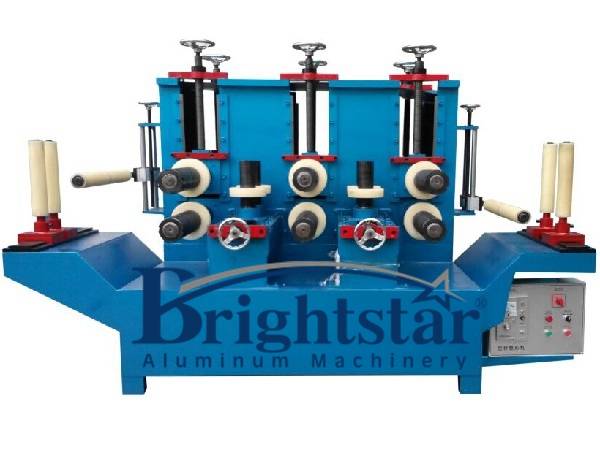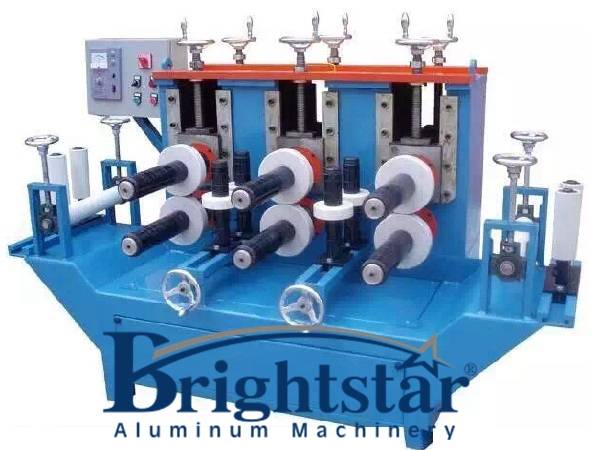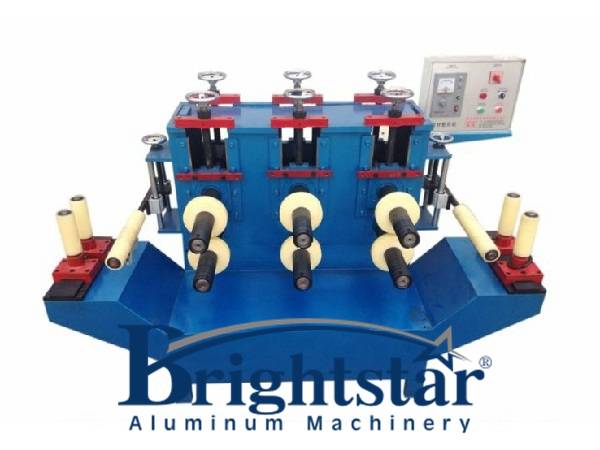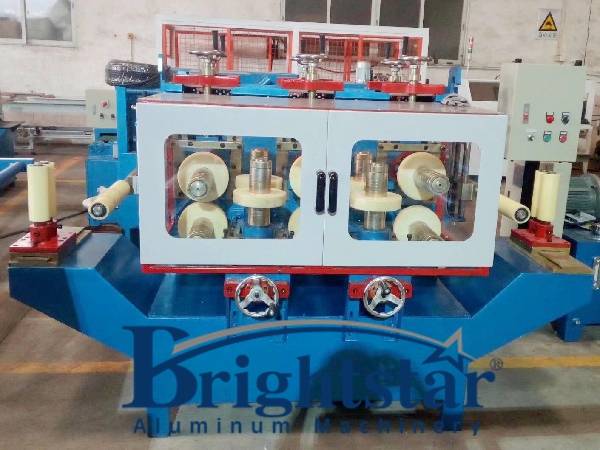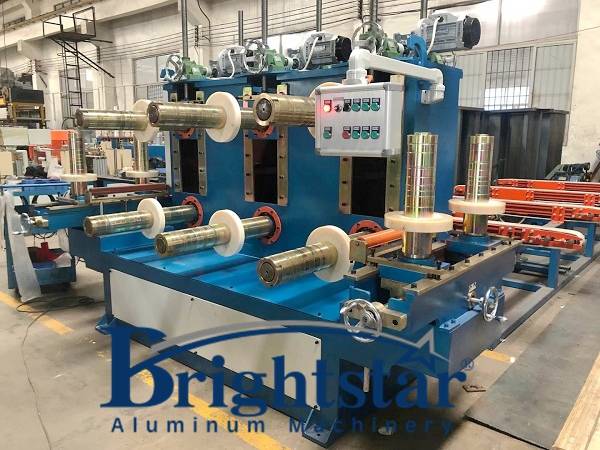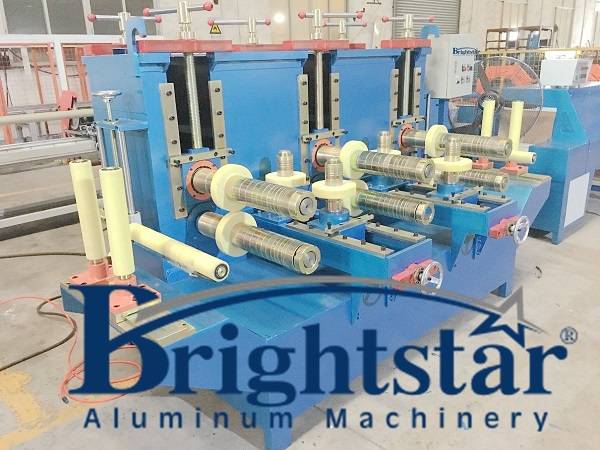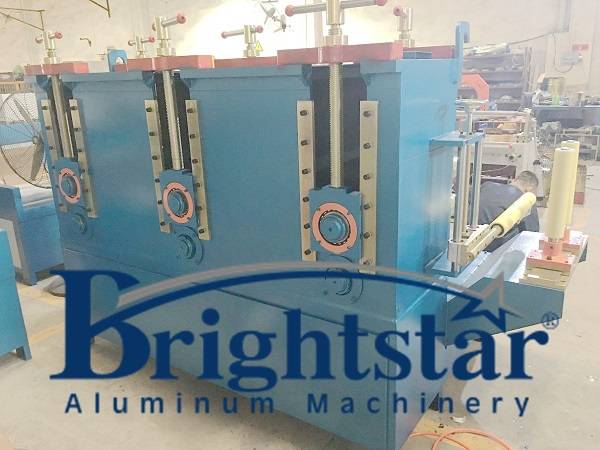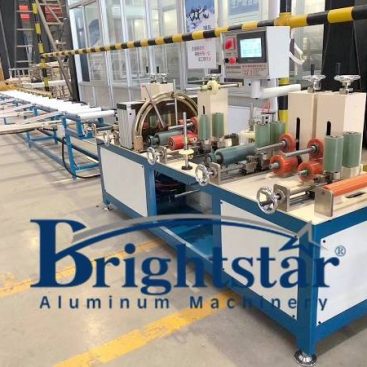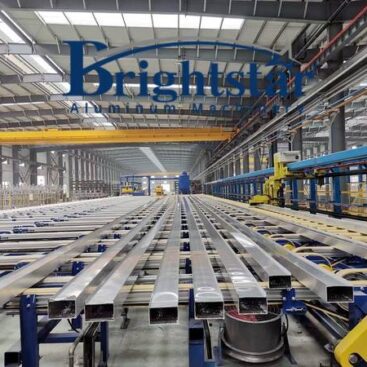การอัดขึ้นรูปอลูมิเนียม การแก้ไขมิติและความคลาดเคลื่อน
ขนาดการอัดขึ้นรูปอลูมิเนียมและการแก้ไขความคลาดเคลื่อน
ด้วยการพัฒนาอุตสาหกรรมอะลูมิเนียม, โปรไฟล์อลูมิเนียมที่ซับซ้อนมากขึ้นเรื่อยๆ พร้อมชิ้นส่วนที่มีความแม่นยำ รวมถึงขนาดและพิกัดความเผื่อที่สำคัญ เป็นสิ่งจำเป็นในการผลิตการอัดขึ้นรูปสำหรับการใช้งานใหม่.
ทุกวันนี้, ตลาดโปรไฟล์อลูมิเนียมมีข้อกำหนดที่สูงขึ้นเรื่อยๆ สำหรับความแม่นยำด้านมิติของการอัดขึ้นรูปอลูมิเนียม, และเป็นเรื่องยากที่จะรักษามิติและพิกัดความเผื่อที่สำคัญในการผลิตการอัดขึ้นรูปอะลูมิเนียมให้ตรงตามความต้องการของตลาด.
เมื่อการอัดขึ้นรูปอลูมิเนียมมีข้อบกพร่องเช่นมุม, ความเรียบ, เปิดขยาย, ปิด, และการดัดงอตามยาวหลังการยืดผม, การประมวลผลเย็น, อัตราส่วนการอัดรีด λ ของโปรไฟล์อะลูมิเนียมและแท่งอลูมิเนียมในการอัดรีดครั้งแรกมีค่ามากกว่า, สามารถใช้วิธีแก้ไขลูกกลิ้งเพื่อแก้ไขรูปร่างได้.
การตัดและป้อนแท่งอลูมิเนียมไปยังเครื่องอัดรีดอลูมิเนียม, เครื่องอัดรีดอลูมิเนียมจำเป็นต้องตั้งค่า เครื่องแก้ไขรูปร่างอลูมิเนียมโปรไฟล์ to correct aluminum extrusion dimension and tolerance to meet the market’s precision requirements.
Aluminum extrusion dimension and tolerance correcting refers to the process of adjusting the dimensions and tolerances of extruded aluminum profiles to meet specified requirements.
This process involves various techniques and tools to ensure that extruded profiles conform to desired dimensions, tolerances, and quality standards.
Here are the features, advantages, and benefits of aluminum extrusion dimension and tolerance correcting:
คุณสมบัติ:
Precision Machining: Dimension and tolerance correcting may involve machining processes such as cutting, milling, drilling, and grinding to achieve the desired dimensions and tolerances on extruded aluminum profiles. These machining operations are performed with precision to ensure accuracy and consistency.
Measurement and Inspection: Dimension and tolerance correcting includes measurement and inspection procedures to verify the dimensions, tolerances, and quality of extruded profiles. This may involve the use of tools such as calipers, micrometers, gauges, and optical measurement systems to ensure compliance with specifications.
Tooling and Fixturing: Specialized tooling and fixturing may be used during the dimension and tolerance correcting process to hold, support, and manipulate extruded profiles accurately. This helps ensure consistent results and minimizes the risk of errors or defects.
ข้อดี:
Quality Assurance: Dimension and tolerance correcting helps ensure that extruded aluminum profiles meet specified quality standards and requirements. By verifying dimensions and tolerances, manufacturers can prevent deviations that could compromise the performance or functionality of the profiles.
การปรับแต่ง: Dimension and tolerance correcting allow for customization of extruded profiles to meet specific design, engineering, and application requirements. This flexibility enables manufacturers to produce profiles with precise dimensions and tolerances tailored to customer needs.
Cost Savings: Correcting dimensions and tolerances during the extrusion process helps minimize material waste, rework, and scrap. By achieving accurate dimensions and tolerances early in the production process, manufacturers can reduce the need for additional machining or finishing operations, resulting in cost savings.
ประสิทธิภาพ: Dimension and tolerance correcting streamlines the production process by identifying and addressing dimensional issues promptly. This helps minimize downtime, delays, and disruptions in production, leading to increased efficiency and productivity.
ประโยชน์:
Improved Product Performance: Extruded profiles with accurate dimensions and tolerances perform better in their intended applications. Dimension and tolerance correcting ensures that profiles fit together properly, function as intended, and meet performance expectations.
Enhanced Customer Satisfaction: Dimension and tolerance correcting helps manufacturers deliver high-quality extruded profiles that meet or exceed customer expectations. Consistently meeting dimensional requirements and tolerances enhances customer satisfaction and builds trust and loyalty.
Compliance with Standards: Dimension and tolerance correcting ensure that extruded aluminum profiles comply with industry standards, regulations, and specifications. This is particularly important in industries with stringent quality and performance requirements, such as aerospace, automotive, and construction.
โดยรวม, aluminum extrusion dimension and tolerance correcting are essential processes for ensuring the quality, precision, and performance of extruded aluminum profiles.
By achieving accurate dimensions and tolerances, manufacturers can produce profiles that meet customer needs, industry standards, and regulatory requirements, leading to improved product quality, customer satisfaction, and business success.


